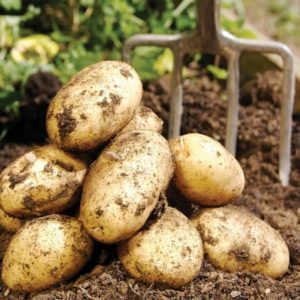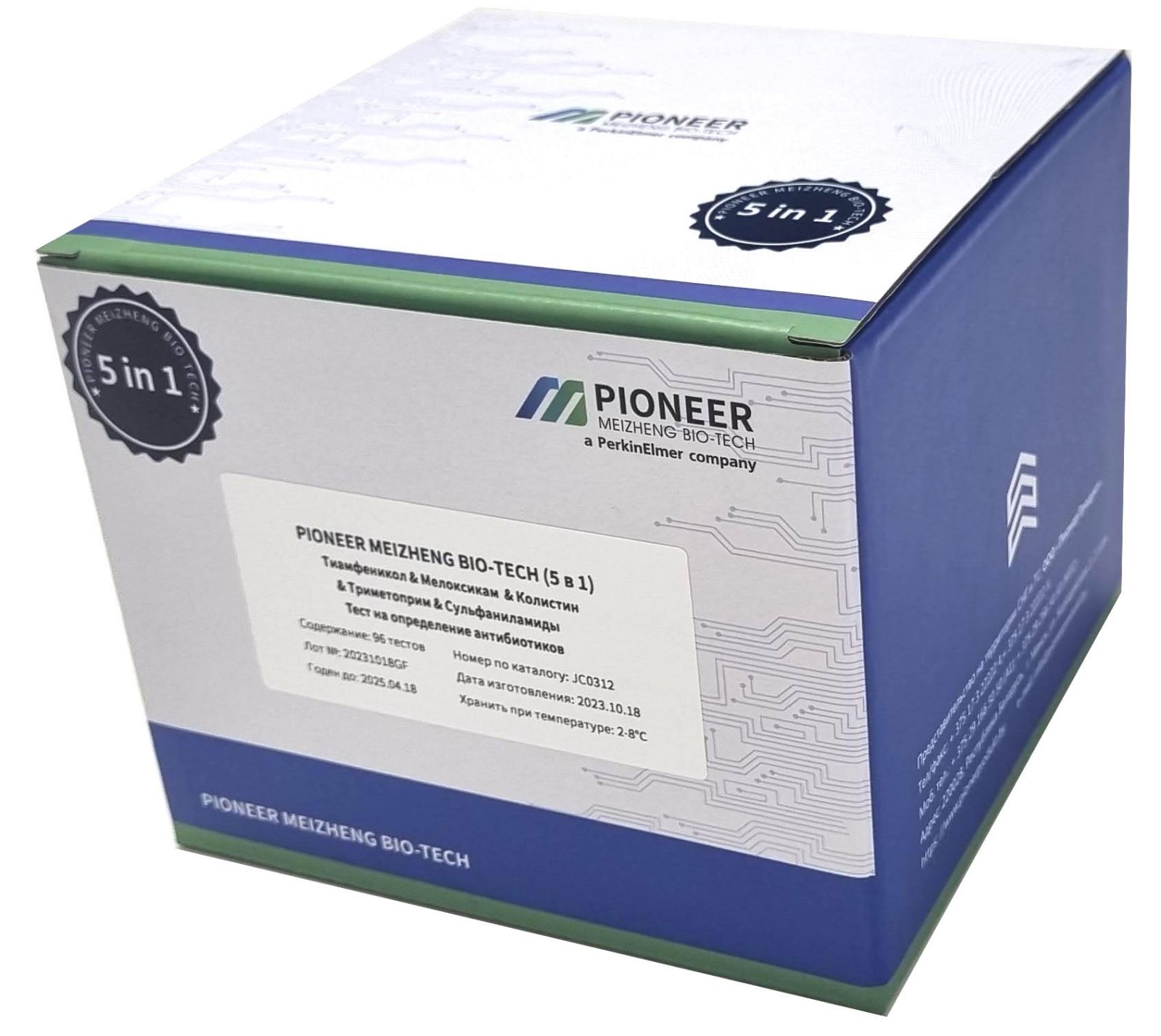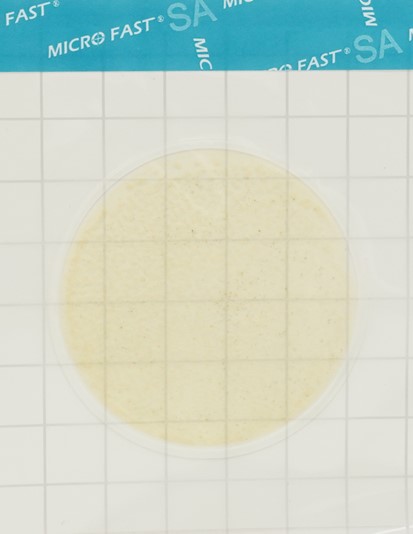Effect of nitrates on the safety of agricultural products of plant origin
The presence of a SALT of nitric acid (nitrates) in plants is a normal phenomenon, since they are the sources of nitrogen. Nitrogen is the main nutrient for plants, which stimulates their growth, affects the quality of fruits and their protein content. Large reserves of nitrogen are contained in the atmosphere, but nitrogen is extracted directly from it only by blue-green algae and nitrogen-fixing bacteria living in the roots of leguminous plants. The rest of the plants use nitrogen compounds contained in the soil, including as a result of the application of organic and mineral fertilizers. In the root system, stems, leaves, fruits, nitrates are reduced under the influence of enzymes to the ammonium ion, which becomes the basis for the construction of amino acids and then proteins. When too much fertilizer is supplied, the plants cannot cope with their processing,consumer table .
The bulk of nitrates enters the human body with canned food and fresh vegetables. Nitrates and nitrites (salts of nitrous acid) are used to process and preserve many foods, including ham, bacon, some cheeses, and fish.
At the same time, it is necessary to know that it is not nitrates themselves that cause harm to the human body, but nitrites, into which they turn under certain conditions.
Nitrates in plants mainly accumulate in roots, root crops, stems, petioles and large leaf veins, much less - in fruits, while they are more in unripe fruits than in ripe ones.
Of the various agricultural plants, most of them are found in lettuce (especially in a greenhouse), radish, parsley, radish, table beets, cabbage, carrots, dill. In beets and carrots, there are more nitrates in the upper part of the root crop, and in carrots and in the core; in cabbage - in the stalk, thick petioles of leaves and upper leaves. It has also been found that all vegetables and fruits contain the most nitrates in their skin.
According to the ability to accumulate nitrates, vegetables, fruits and fruits can be divided into 3 groups:
The first group - with a high content (up to 5000 mg / kg of fresh weight): lettuce, spinach, beets , dill, kale, radishes, green onions, melons, watermelons ;
The second group - with an average content (300-600 mg / kg wet weight): cauliflower, zucchini, pumpkin, turnip, radish, cabbage, carrot, cucumber ;
The third group - with a low content (10-80 mg / kg wet weight): Brussels sprouts, peas , sorrel, beans, potatoes , tomatoes, onions, fruits, berries .
The accumulation of nitrates in plants is due to a number of reasons:
- the biological characteristics of the plants themselves and their varieties, from the age of the plants (there are more of them in young plants). Nitrates accumulate more in early vegetables than in late ones.
- the mode of mineral nutrition of plants. Some trace elements reduce the content of nitrates. The introduction of organic fertilizers also contributes to their reduction. But the irrational uncontrolled use of mineral fertilizers leads to a strong accumulation of nitrates, especially in table root crops. The content of nitrates increases more with the use of nitrate fertilizers than with ammonium fertilizers.
- environmental factors. The longer the daylight hours, the less nitrates; during wet and cold summers, the amount of nitrates increases by 2.5 times; when the temperature rises to +200C and more, the amount of nitrates decreases (for example, in SUGAR beet by 3 times);
- illumination. In greenhouse plants, nitrates are higher than in open ground plants.
A person easily tolerates a dose of 150-200 mg of nitrates per day, 500 mg is the maximum dose, 600 mg per day is already a toxic dose. However, we consume much more of these salts per day along with food, in particular vegetables. In addition, up to 45 mg/l of nitrates are allowed in drinking water. Effective ways to reduce nitrates in plant foods are:
- heat treatment of vegetables and soaking (reduce nitrates by 20-30%, cooking - by 60-80%);
- soaking in 1% sodium chloride solution;
- in squash, zucchini, eggplant, when eating, remove the upper part adjacent to the stalk, and in cucumbers, beets, radishes, both ends must be cut off;
- peeling (especially cucumbers and zucchini).
- storage of vegetables and fruits in the refrigerator, since at temperatures below 20C it is impossible to convert nitrates into more toxic nitrites.
- the use of vitamin C and vitamin E in food, which reduce the harmful effects of nitrates.
The actual amount of nitrates in food can only be determined through laboratory tests. The main regulatory document regulating the content of nitrates in food products is TR TS 021/2011 "On food safety".
The material was prepared by specialists of the department of plant protection, agrochemistry, quality and safety of crop products of the Rostov Reference Center of ROSSELKHOZNADZOR.




























































